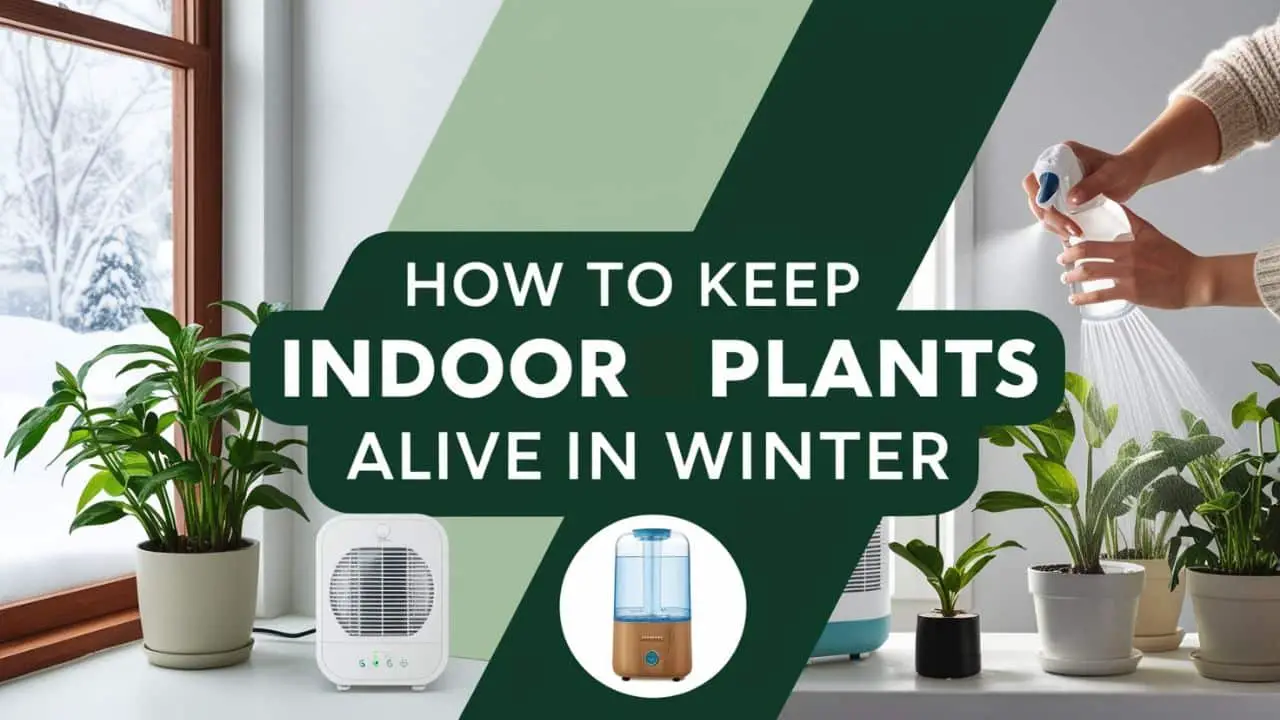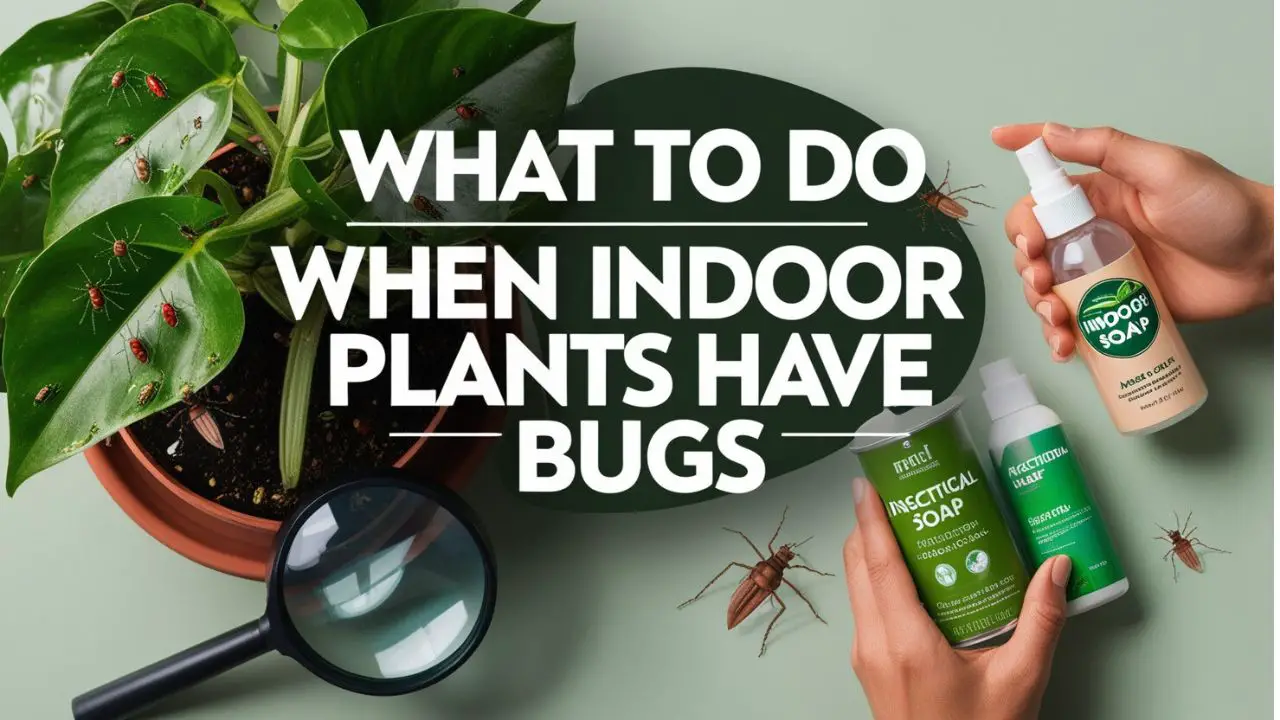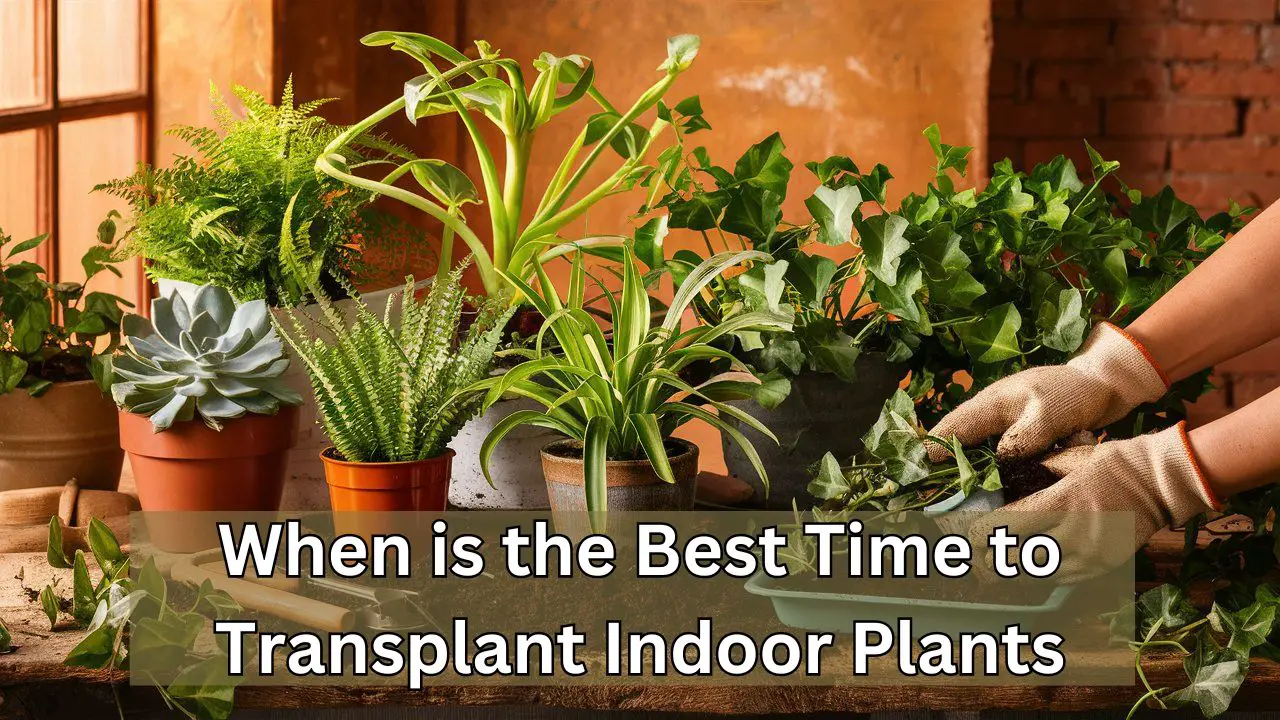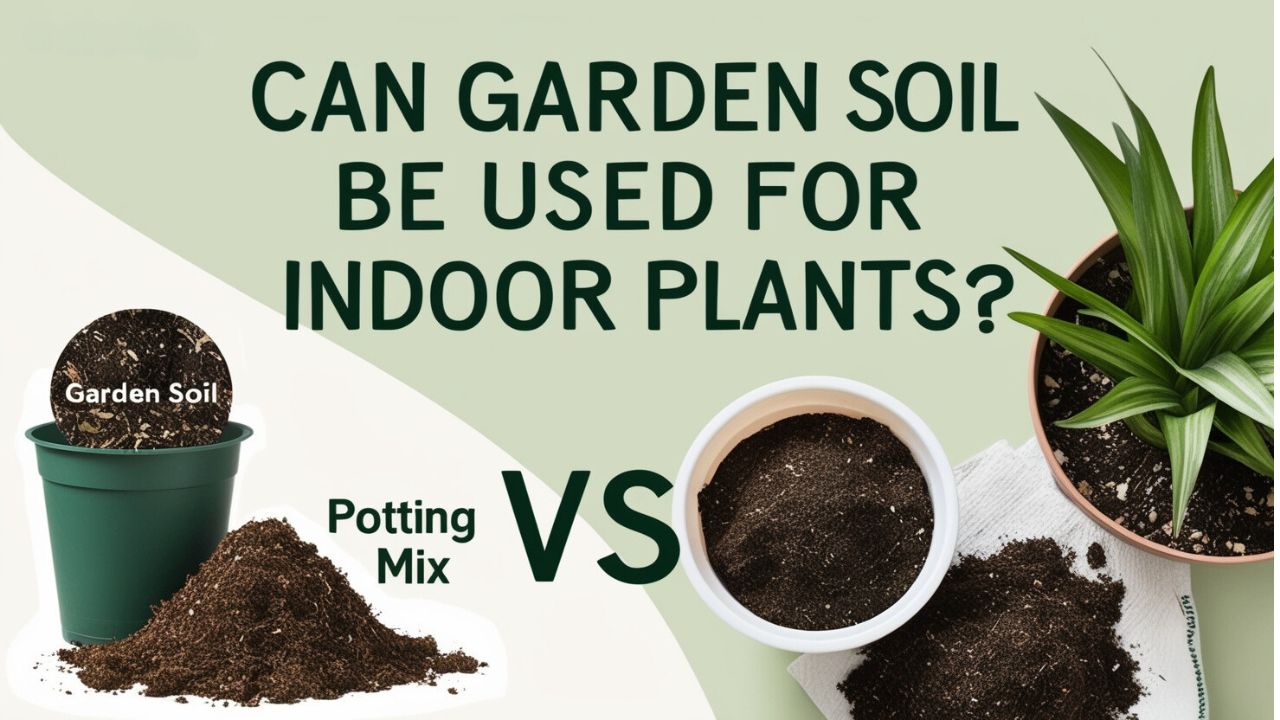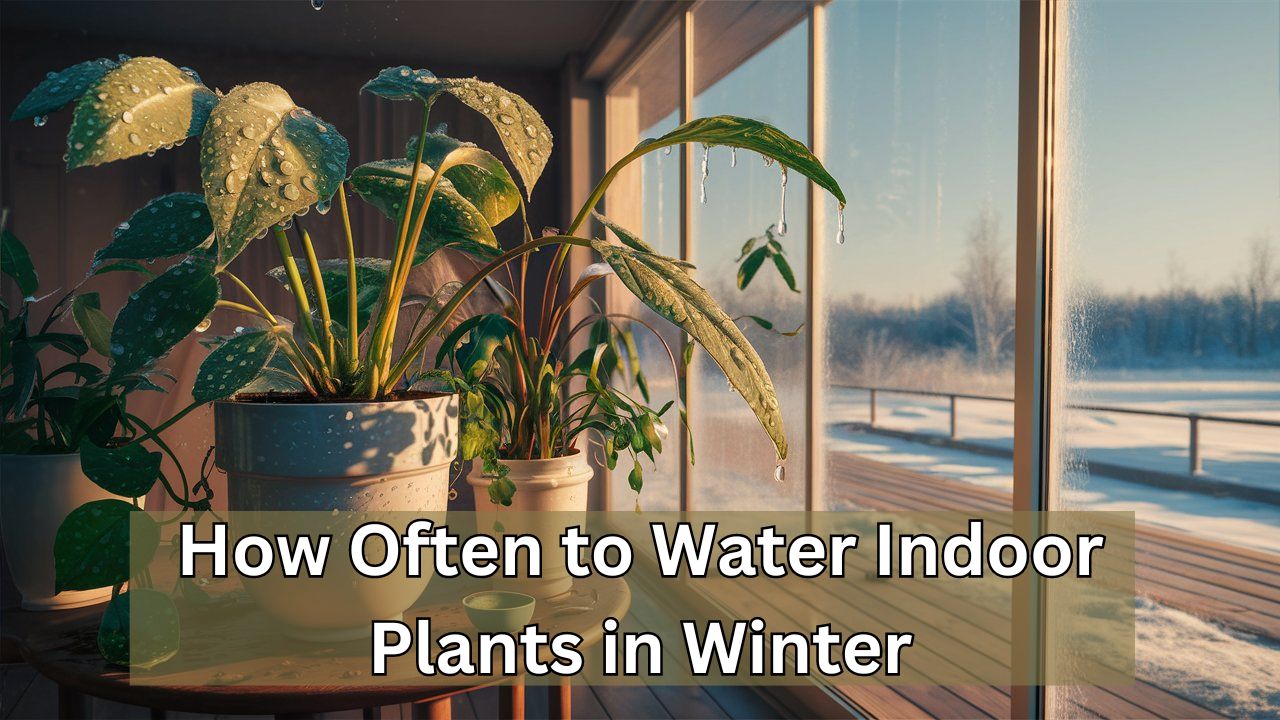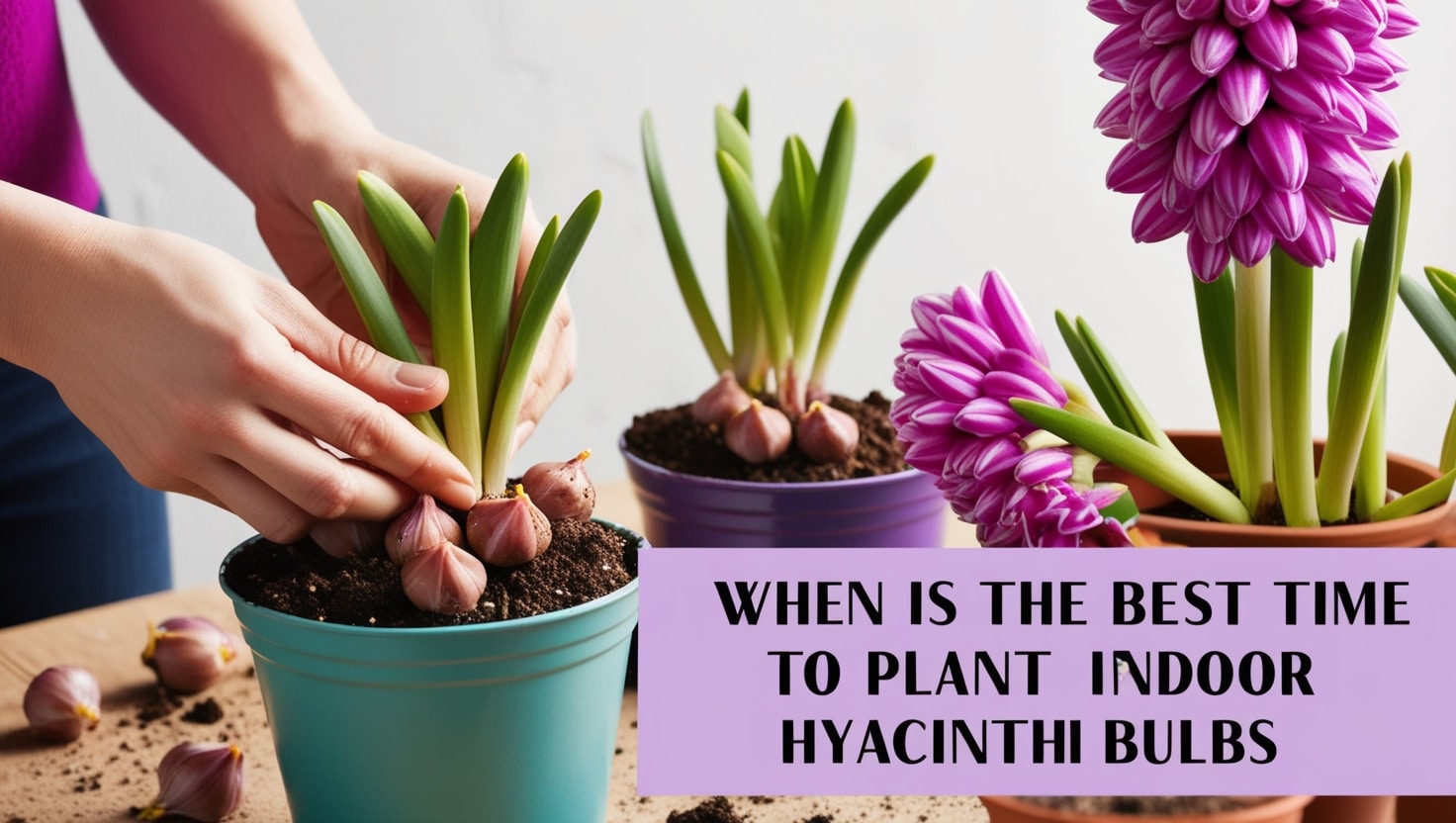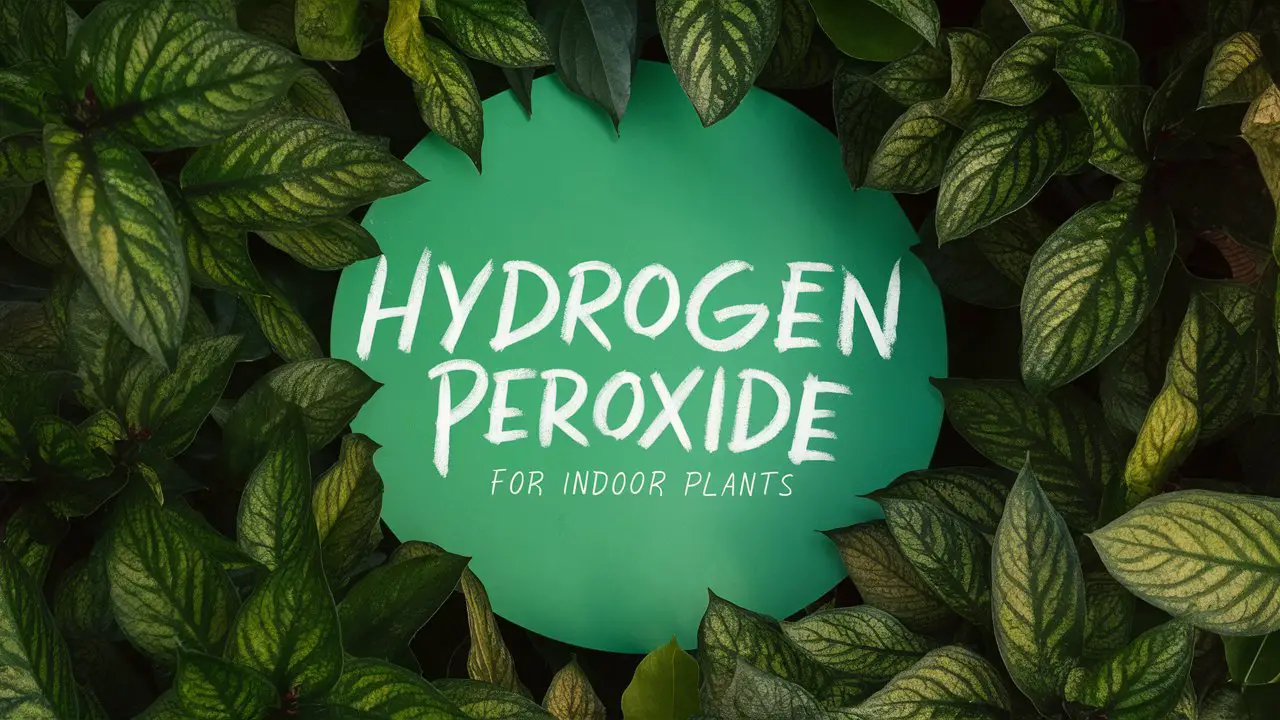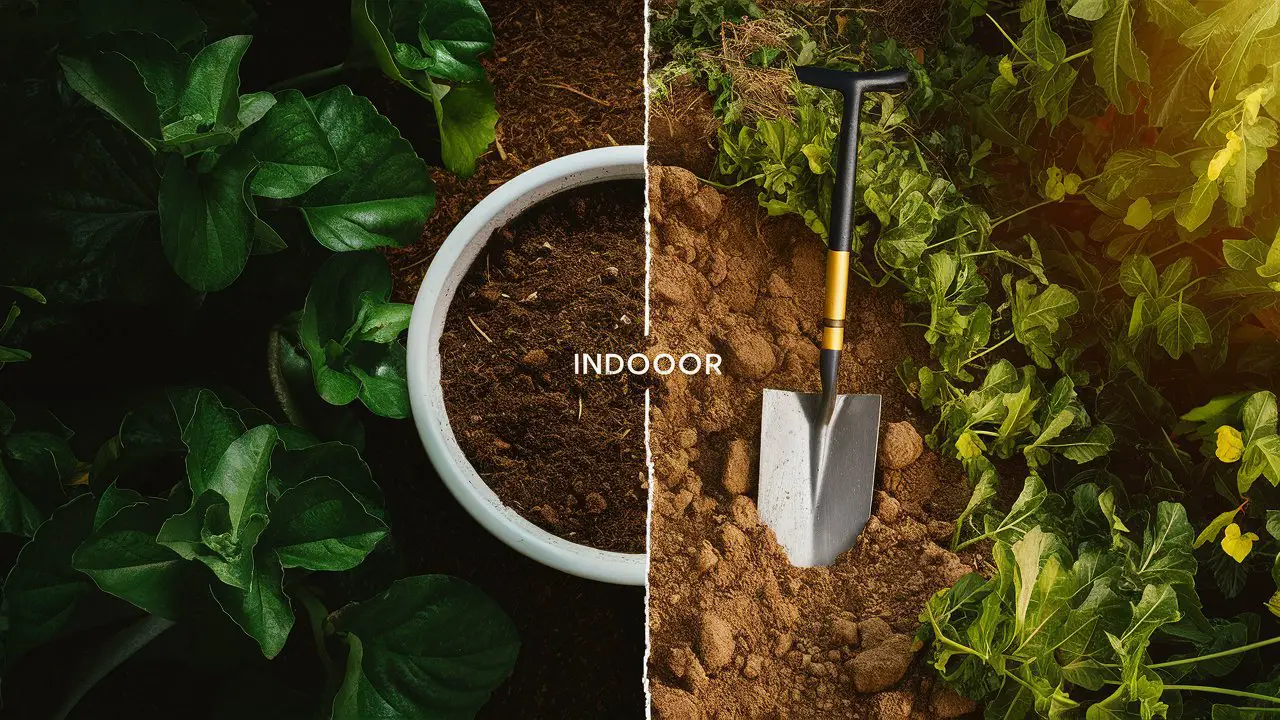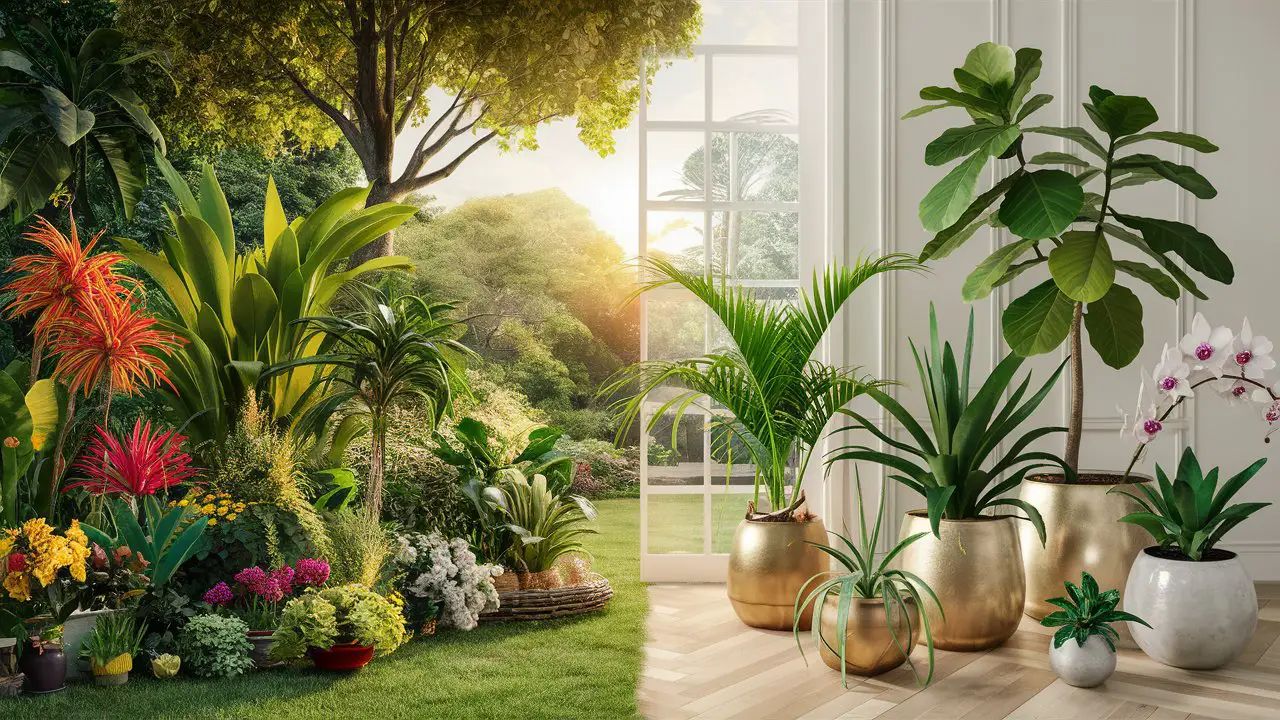Category: Indoor Plants
-
How to Keep Indoor Plants Alive in Winter: Thrive Tips
To keep indoor plants alive in winter, ensure they receive adequate light and maintain proper humidity levels. Water sparingly to prevent root rot. Winter can be challenging for indoor plants due to reduced sunlight and lower humidity. Providing ample light is crucial, so place plants near windows or use grow lights. Monitor the temperature to…
Categories: Indoor Plants -
What to Do When Indoor Plants Have Bugs?
To handle bugs on indoor plants, isolate the affected plants and use insecticidal soap. Regularly inspect and clean the plants. Indoor plants bring life and beauty to any space, but bugs can ruin their charm. Pests like aphids, spider mites, and gnats can infest your plants and cause damage. Early detection and immediate action are…
Categories: Indoor Plants -
When is the Best Time to Transplant Indoor Plants: Ultimate Guide
The best time to transplant indoor plants is during early spring or late winter. These periods allow plants to adjust before active growth. Transplanting indoor plants can seem daunting but is essential for their health. Early spring and late winter offer optimal conditions. Plants are less stressed and can establish roots before the vigorous growth…
Categories: Indoor Plants -
Can Garden Soil Be Used for Indoor Plants? Pro Tips!
Garden soil can be used for indoor plants, but it’s not ideal. It often lacks proper drainage and can harbor pests. Indoor plants require a well-balanced, nutrient-rich soil to thrive. Garden soil, though rich in organic matter, can be too dense for potted plants. This density restricts air flow and water drainage, leading to root…
Categories: Indoor Plants -
How Often to Water Indoor Plants in Winter: Essential Tips
Water indoor plants every 10-14 days in winter. Adjust frequency based on plant type and indoor humidity. Winter can be a challenging time for indoor plants. Reduced sunlight and lower temperatures slow down their growth. Consequently, plants require less water compared to other seasons. Overwatering can lead to root rot and other issues. It’s crucial…
Categories: Indoor Plants -
When is the Best Time to Plant Indoor Hyacinth Bulbs: Optimal Seasons Revealed
The best time to plant indoor hyacinth bulbs is in the fall, from September to November. This timing allows for proper root development. Planting indoor hyacinth bulbs in the fall ensures they have enough time to establish roots before blooming in late winter or early spring. Hyacinths require a cold period to stimulate growth and…
Categories: Indoor Plants -
How Do You Use Hydrogen Peroxide for Indoor Plants: Boost Growth!
Mix one part hydrogen peroxide with four parts water. Use this solution to water your indoor plants once a week. Hydrogen peroxide can enhance the health of your indoor plants. It helps eliminate pests and prevents root rot. This simple solution releases extra oxygen into the soil, promoting root growth and overall plant vitality. The…
Categories: Indoor Plants -
Can Indoor Potting Soil Be Used for Outdoor Plants? Best Tips!
Indoor potting soil can be used for outdoor plants, but it is not ideal. Outdoor plants often require different soil properties. Gardening enthusiasts often wonder if indoor potting soil can serve for outdoor gardening needs. Potting soil designed for indoor plants typically contains ingredients that retain moisture and provide adequate aeration for houseplants. Outdoor plants,…
Categories: Indoor Plants -
What is the Difference between Indoor And Outdoor Plants: Key Insights
Indoor plants thrive in controlled environments with stable temperatures and indirect light. Outdoor plants are suited for natural conditions with direct sunlight and varying weather. Indoor and outdoor plants serve different roles and have distinct needs. Indoor plants enhance interior spaces by adding greenery, improving air quality, and boosting mood. They typically require less light…
Categories: Indoor Plants

